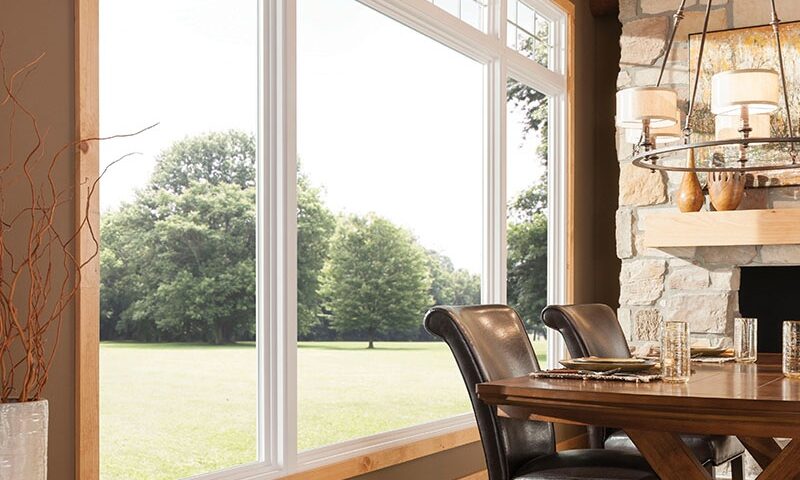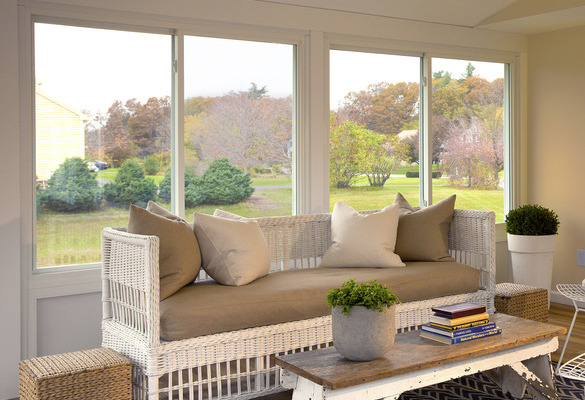
The Impact of Windows Vinyl on Your Home’s Thermal Performance
August 22, 2024
Benefits of High Energy Ratings in Fiberglass Doors
August 28, 2024Windows vinyl has become increasingly popular for homeowners looking to enhance their property’s energy efficiency. Unlike traditional windows, vinyl windows offer a range of features that significantly reduce energy consumption and improve the overall comfort of a home. From superior insulation to low maintenance requirements, vinyl windows provide several advantages that make them an excellent choice for modern living. In this article, we will explore the key features of windows vinyl that contribute to energy efficiency.
Insulation Properties of Windows Vinyl
One of the standout features of windows vinyl is their exceptional insulation properties. Vinyl windows are designed with multiple chambers within the frame, which helps to reduce heat transfer between the inside and outside of a home. This multi-chamber construction creates a barrier that prevents warm air from escaping during the winter and keeps cool air inside during the summer. As a result, homeowners can enjoy a more stable indoor temperature without over-relying on heating and cooling systems.
Additionally, vinyl windows often come with insulated glass options, such as double or triple glazing. These glass options further enhance the window’s ability to prevent heat transfer, reducing energy loss by trapping a layer of inert gas like argon or krypton between the panes. This additional layer acts as a buffer, minimizing the amount of heat that passes through the glass and helping to maintain a consistent indoor environment.
Durability and Low Maintenance of Windows Vinyl
Another significant advantage of windows vinyl is their durability and low maintenance requirements. Unlike wood or metal windows, vinyl does not warp, crack, or corrode over time. This resistance to the elements ensures that vinyl windows maintain their integrity and performance for years, reducing the need for frequent repairs or replacements. A well-maintained vinyl window can last for decades, providing a cost-effective solution for energy-efficient windows.
The low maintenance nature of vinyl windows also contributes to energy efficiency. Because vinyl does not require painting or sealing to protect against moisture, it maintains its insulating properties over time. Homeowners can avoid the costs and energy associated with regular maintenance tasks, such as repainting or resealing, which are often necessary with other window materials. This not only saves money but also ensures that the windows continue to perform efficiently throughout their lifespan.
Energy-Efficient Features in Modern Windows Vinyl
Modern windows vinyl is often equipped with advanced features that further enhance energy efficiency. For example, many vinyl windows come with low-emissivity (Low-E) glass coatings. These coatings are designed to reflect infrared light, keeping heat inside during the winter and outside during the summer. Low-E glass can significantly reduce the amount of energy required to heat or cool a home, resulting in lower utility bills and a reduced carbon footprint.
Moreover, windows vinyl manufacturers often offer products that are ENERGY STAR certified. These certifications indicate that the windows meet or exceed the energy efficiency standards set by the U.S. Environmental Protection Agency. By choosing ENERGY STAR-rated vinyl windows, homeowners can ensure that they are investing in a product that will provide long-term energy savings and contribute to a more sustainable environment.
Windows vinyl offers numerous features that contribute to energy efficiency, making them a smart choice for homeowners looking to reduce their energy consumption and lower their utility bills. From superior insulation and low maintenance to advanced energy-efficient technologies, vinyl windows provide a reliable and cost-effective solution for any home. By investing in windows vinyl, homeowners can enjoy a more comfortable living environment while also making a positive impact on the environmen.




